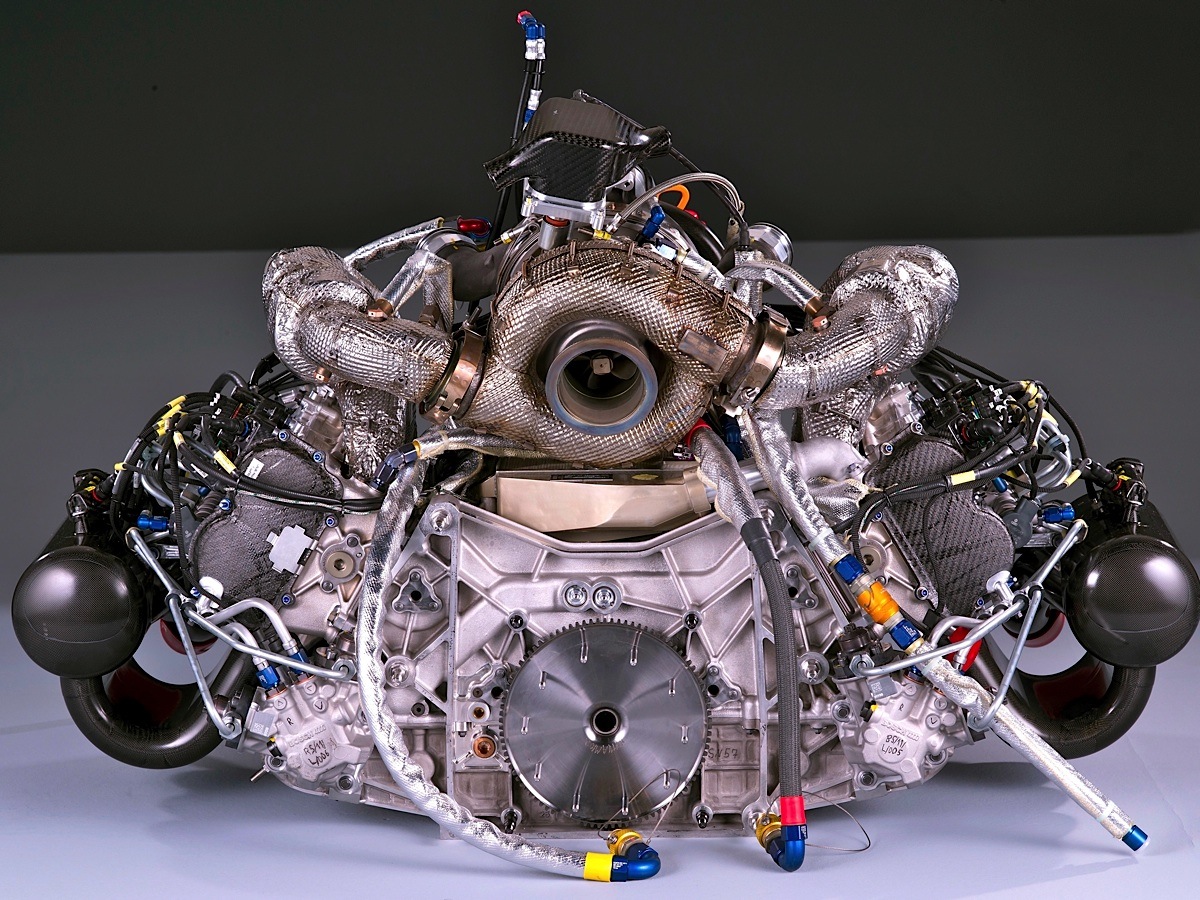Many current factory spec diesel engines have a 5000 RPM fuel cut off, but the redline as indicated on thetacho can be a bit lower, typically 4500 RPM.
When you remove the fuel cut-off (software) some can make decent power all theway up to 6000 rpm, with the peak around 5500 RPM, but not all will survive this.
I've seen one wher the crankshaft timing pulley had a broken key and this vehicle, due to the different engine timing, made 6000 rpm without removing the governor. It did however melt several MAP sensors before the problem was found and corrected. Unsure if the melting was due to an excess of exhaust gasses through the EGR or very high boost temperatures, or both.
When you remove the fuel cut-off (software) some can make decent power all theway up to 6000 rpm, with the peak around 5500 RPM, but not all will survive this.
I've seen one wher the crankshaft timing pulley had a broken key and this vehicle, due to the different engine timing, made 6000 rpm without removing the governor. It did however melt several MAP sensors before the problem was found and corrected. Unsure if the melting was due to an excess of exhaust gasses through the EGR or very high boost temperatures, or both.

